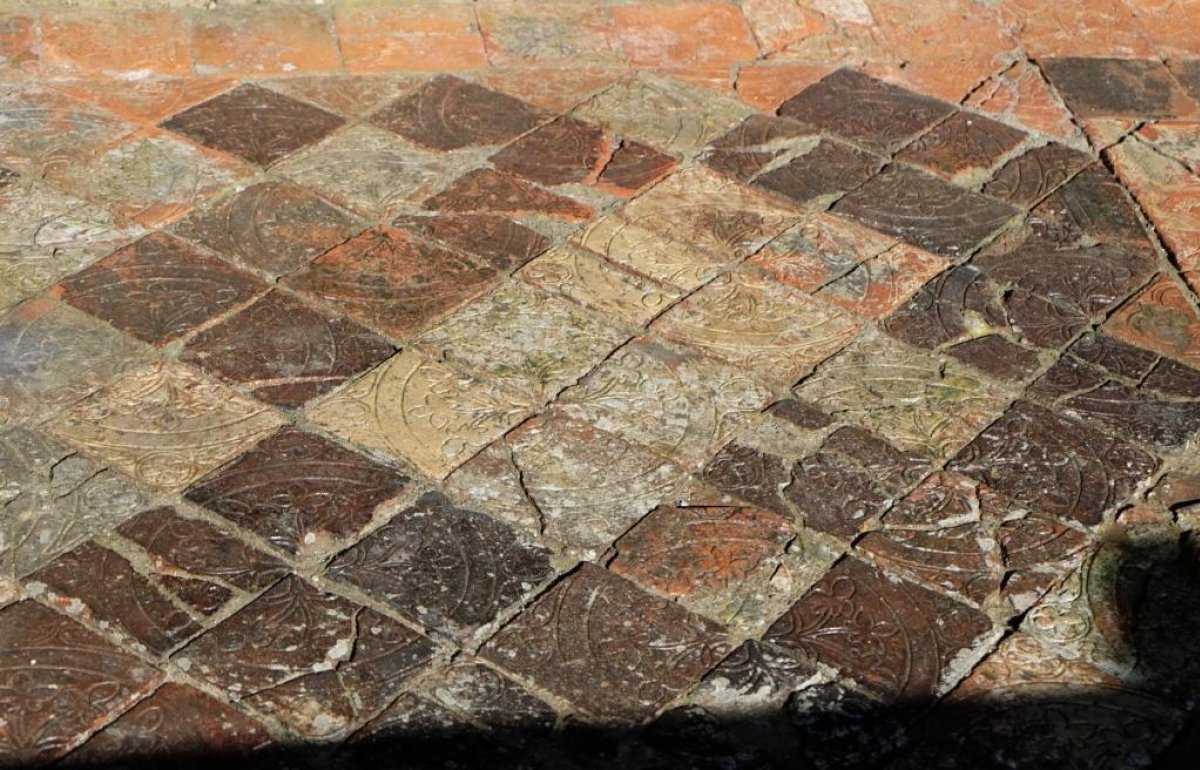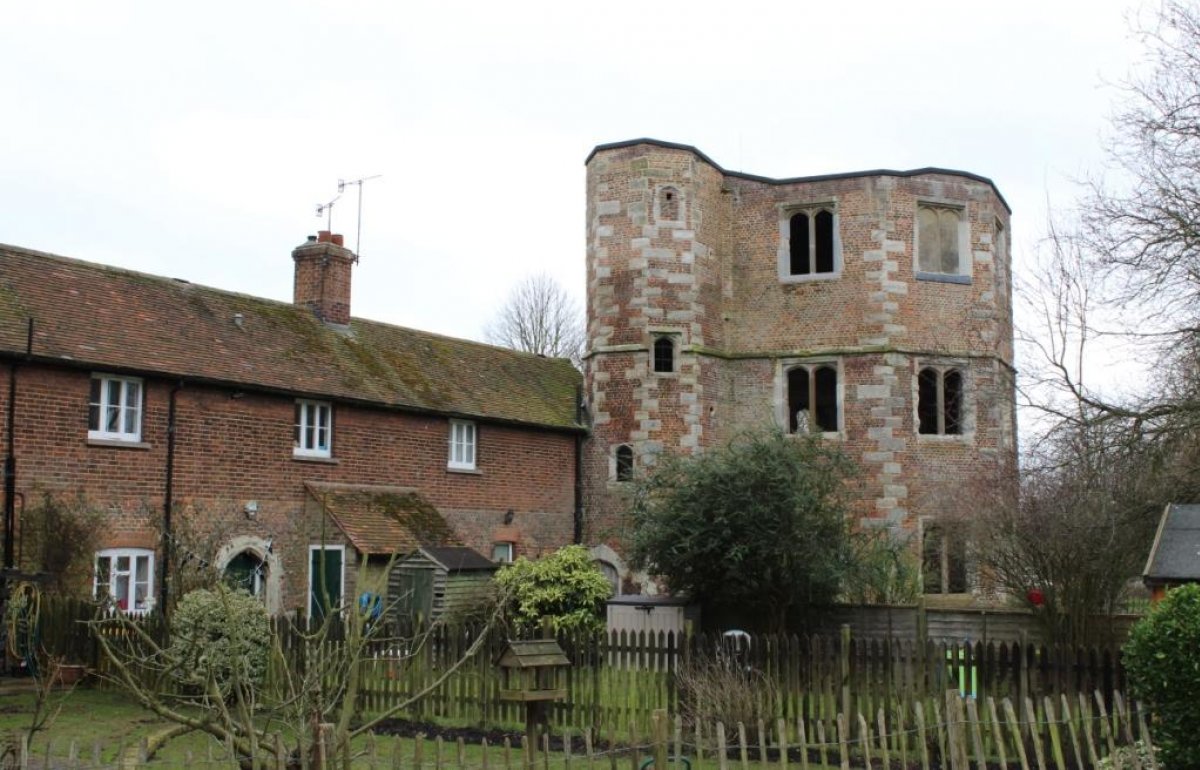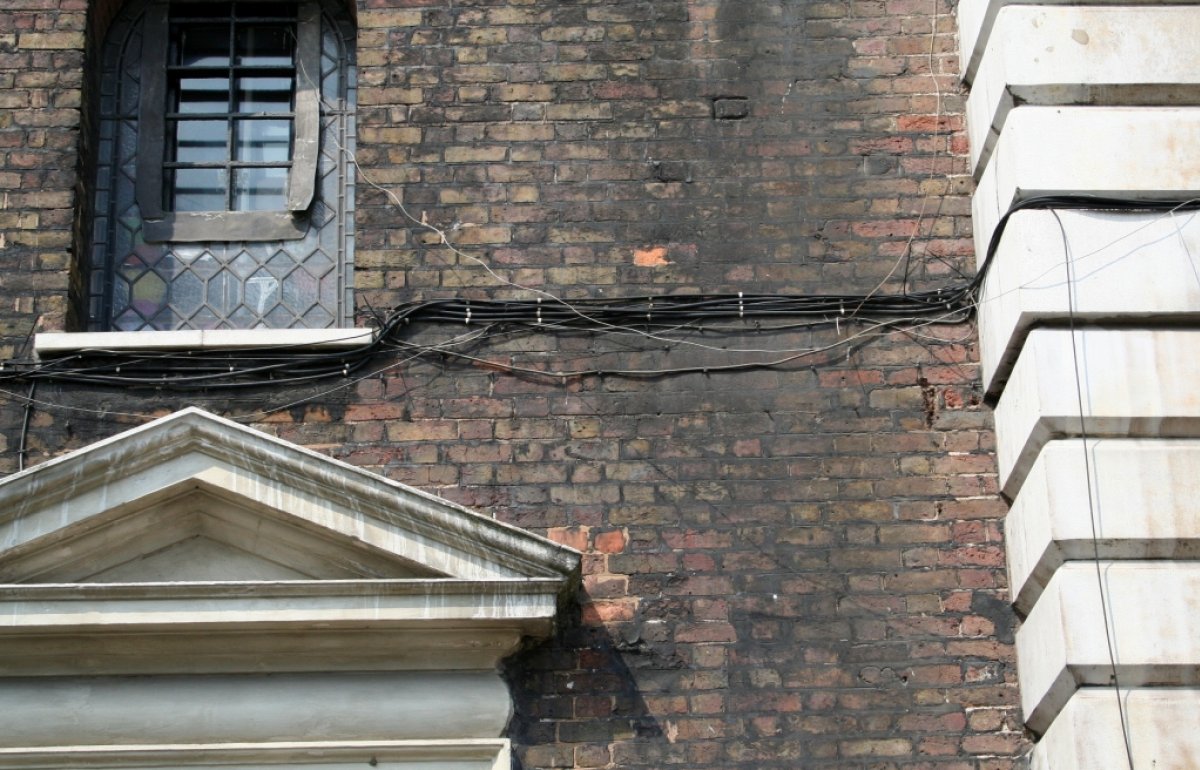Reusing old buildings
Many historic buildings have well-established and appropriate uses. However, in some cases, a whole or partial change of use is required to ensure a structure’s future; its sustainability, repair and protection. Reuse is the name given to the process of reusing or adapting an historic building for a purpose other than that for which it was designed or built. Creative reuse and adaptation can contribute positively to a building’s history. Equally, inappropriate re-use can significantly detract from a building or structure's special interest. For this reason any reuse or adaptation to a building must be well justified and informed.
The SPAB believes that, where some change of use to an historic structure is considered essential, it is necessary to look carefully at how this might affect all aspects of the building’s character, fabric and setting.
The following advice is intended to assist those who own or care for historic buildings in establishing what alternative use, if any, is most appropriate.
What are the first steps in considering the reuse of a building?
It may be possible to argue for reuse which will have significant benefits for the special architectural or historic interest of the building. Changing the use of a building requires careful consideration and a holistic approach. Before any arguments for the reuse of a building can be made it is essential that the building is fully understood with its history and development set out in a statement of significance or conservation management plan.
Once this has been drawn up the following questions may help to unpick the issues at play:
- If the current use continues to be appropriate can it be maintained? If not why not?
- Has the building been offered on the open market for its present use (if appropriate)?
- Have all potentially sympathetic uses been properly explored?
- Is a new use likely to secure a future for the building, and to be viable for a foreseeable period without major change or addition?
- If the building is currently redundant is there an immediate need for a change in use? Or, would minimal protective works, to allow "mothballing", or a short term low-key use, be a preferable alternative?

Cafe extension at Cardigan Castle, Wales
If reuse is considered necessary what constraints are there?
Put simply you must ask: can the building accommodate the requirements of the new use without seriously compromising the architectural character and/or historic fabric? To establish this you should think about whether or not the new use requires any of the following alterations and consider their impact on the building:
- New openings? If so what number, type, style?
- Additional means of escape for fire and safety such as protected stairs, upgrading of existing doors, partition?
- The sub-division of existing rooms/spaces? Will this affect decorative plasterwork, panelling and joinery or the plan form?
- Extension? Of what scale, design or materials? How will this adjoin and read against the existing building?
- New servicing such as the introduction of pipework, electrical cabling or altering internal environment?
- What is the extent of rebuilding required if the building is derelict or a ruin?
- Will floor loadings require strengthening of existing floor structures?
- Will there be a need for increased insulation requirements to floors, walls and glazing?
Another important consideration is whether or not the building can accommodate the requirements of the new use without seriously compromising its setting. Issues to think about might include:
- Increased car parking and its location, surfacing, entrance/exit and sight lines to it
- The possible division of open spaces
- The separation of the building from any historically-linked curtilage buildings
- Management issues arising from the fragmentation of a building in is setting
- The impact on standing or buried archaeological remains
- The effect of the reuse on the broader character of any conservation area or world heritage site
One final consideration is to think about the long term suitability of any possible reuse. It is worth questioning what would happen if circumstances were to change: can any alterations be reversed without damage to the building? Reversibility should not be an excuse for work of poor quality, and sometimes there may be advantage in well conceived and executed permanent alteration, but the case for making change reversible should always be considered.



